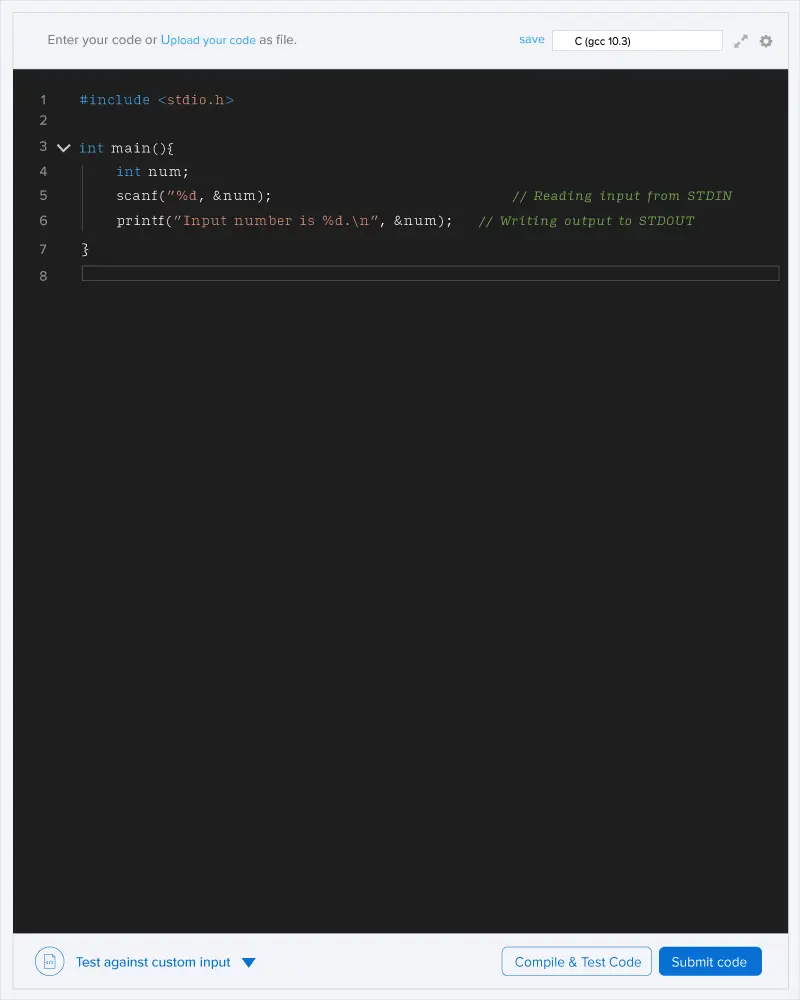Little Bear has received a home assignment to find the sum of all digits in a number N. Following his affinity towards single digit number, he intends to repeatedly compute the sum of all digits until the sum itself becomes a single digit number.
Can you write a program to compute the final single-digit sum?
As the number N is very big, it is given in the following run length encoded format - N is represented as a sequence of M blocks, where each block i (0 ≤ i < M) is represented by two integers - (len[i], d[i]). This implies that the digit d[i] occurs len[i] number of times.
For example, {(2,1), (1,2), (2,9)} represents the number 11299.
Input:
The first line contains a single integer T, denoting the number of test cases.
Each test case starts with a single integer M, which is the number of following run-length encoded blocks.
Each of the next M lines contains two space separated integers: len[i] and d[i].
Output:
Print the single-digit sum for each of the T test cases in a new line.
Constraints:
0 ≤ d[i] ≤ 9
1 ≤ len[i] ≤ 1015
1 ≤ M ≤ 104
1 ≤ T ≤ 10
Case 1:
The number is 11299.
We shall calculate the desired sum as: 1+1+2+9+9=2+2=4
Case 2:
The number is 11111111.
We shall calculate the desired sum as: 1+1+1+1+1+1+1+1=8
Case 3:
The number is 5545.
We shall calculate the desired sum as: 5+5+4+5=1+9=1+0=1

